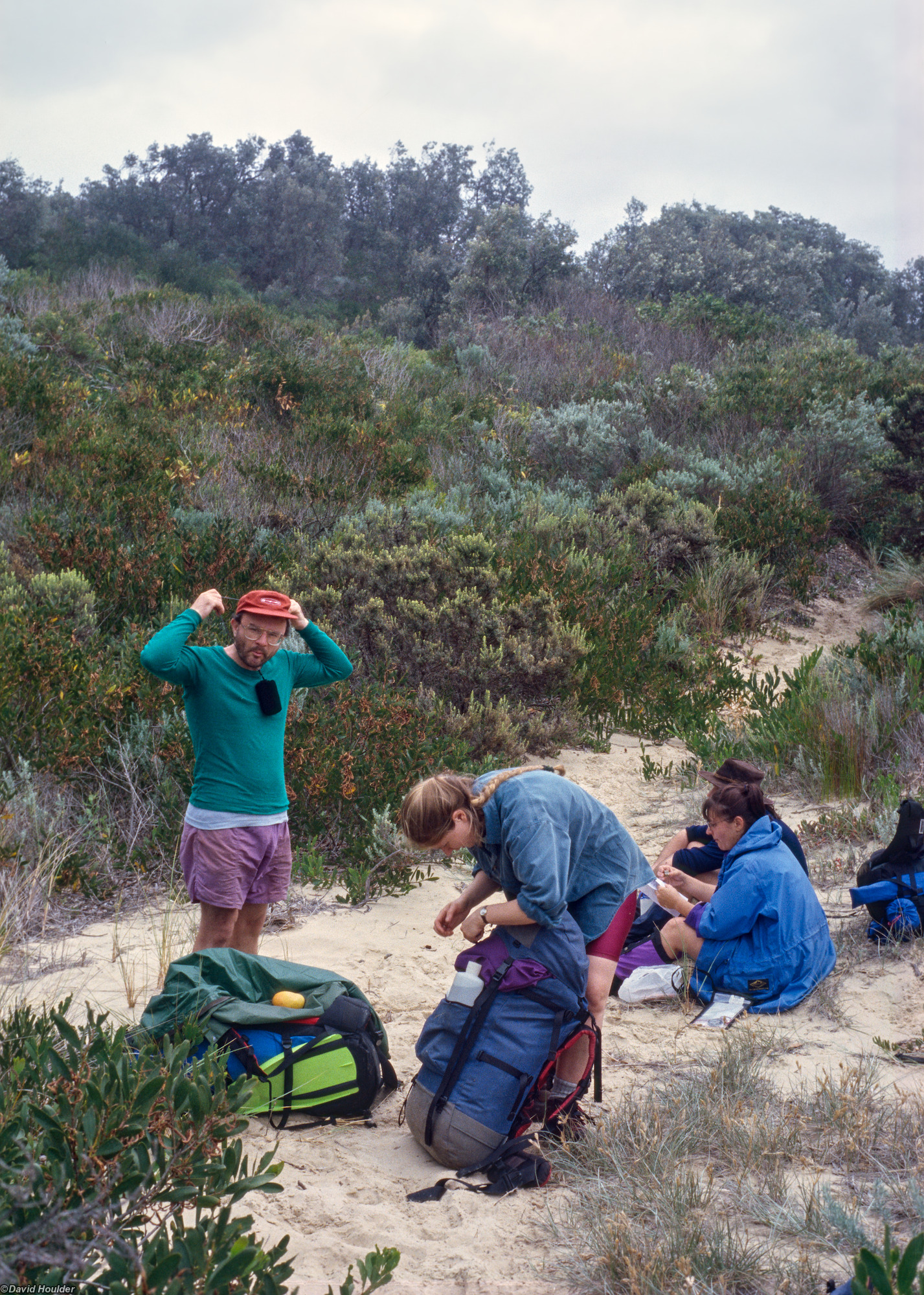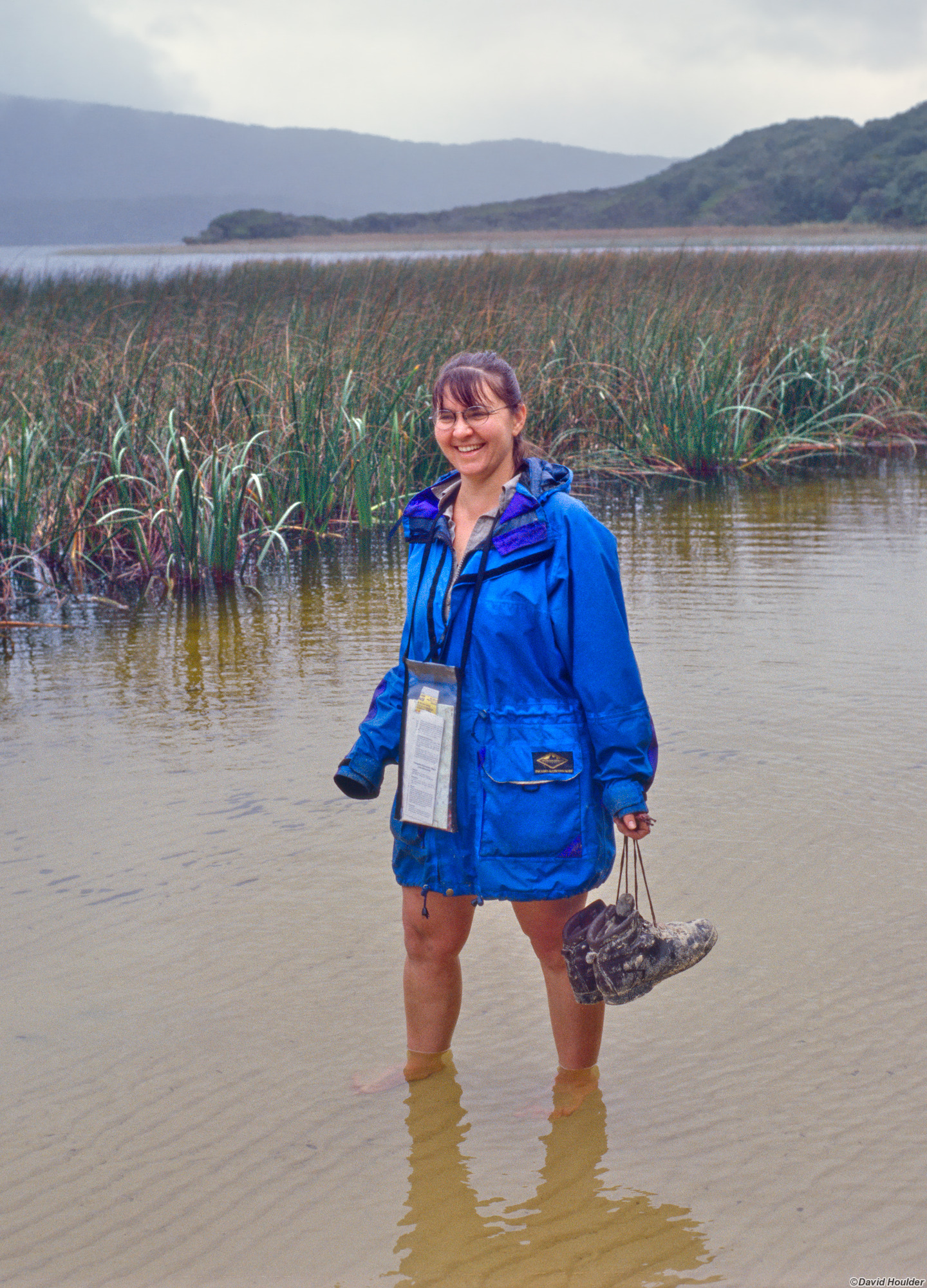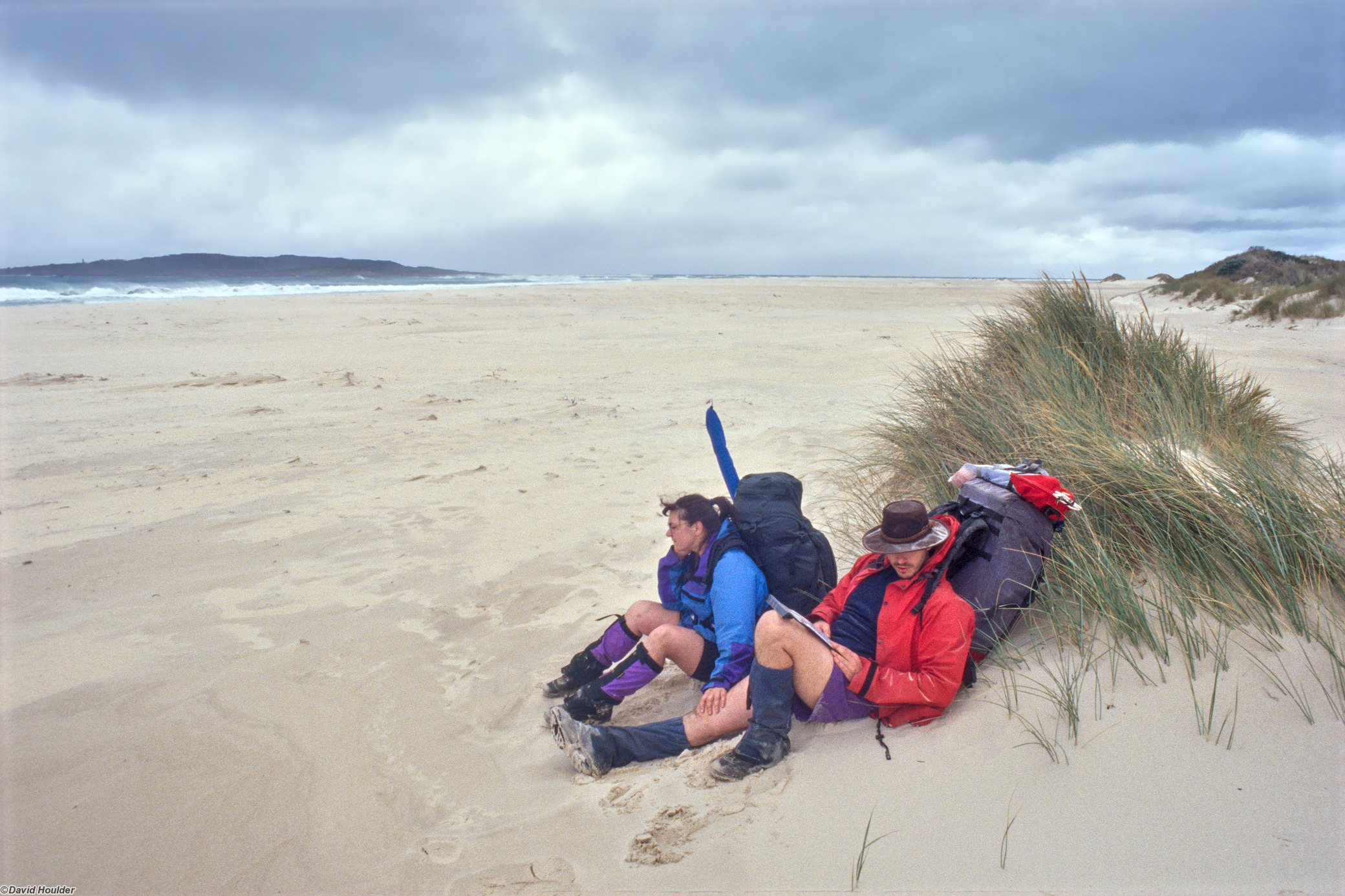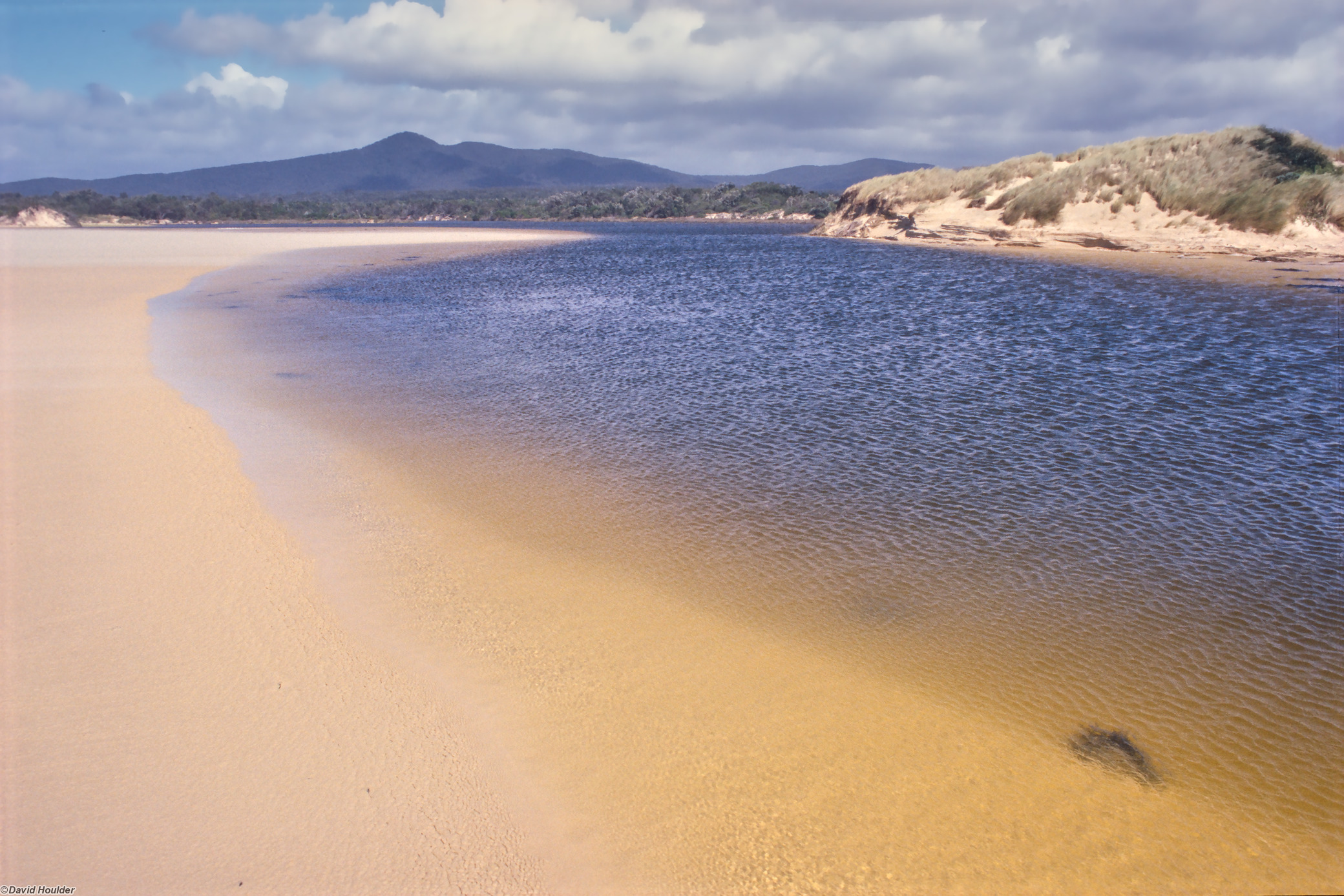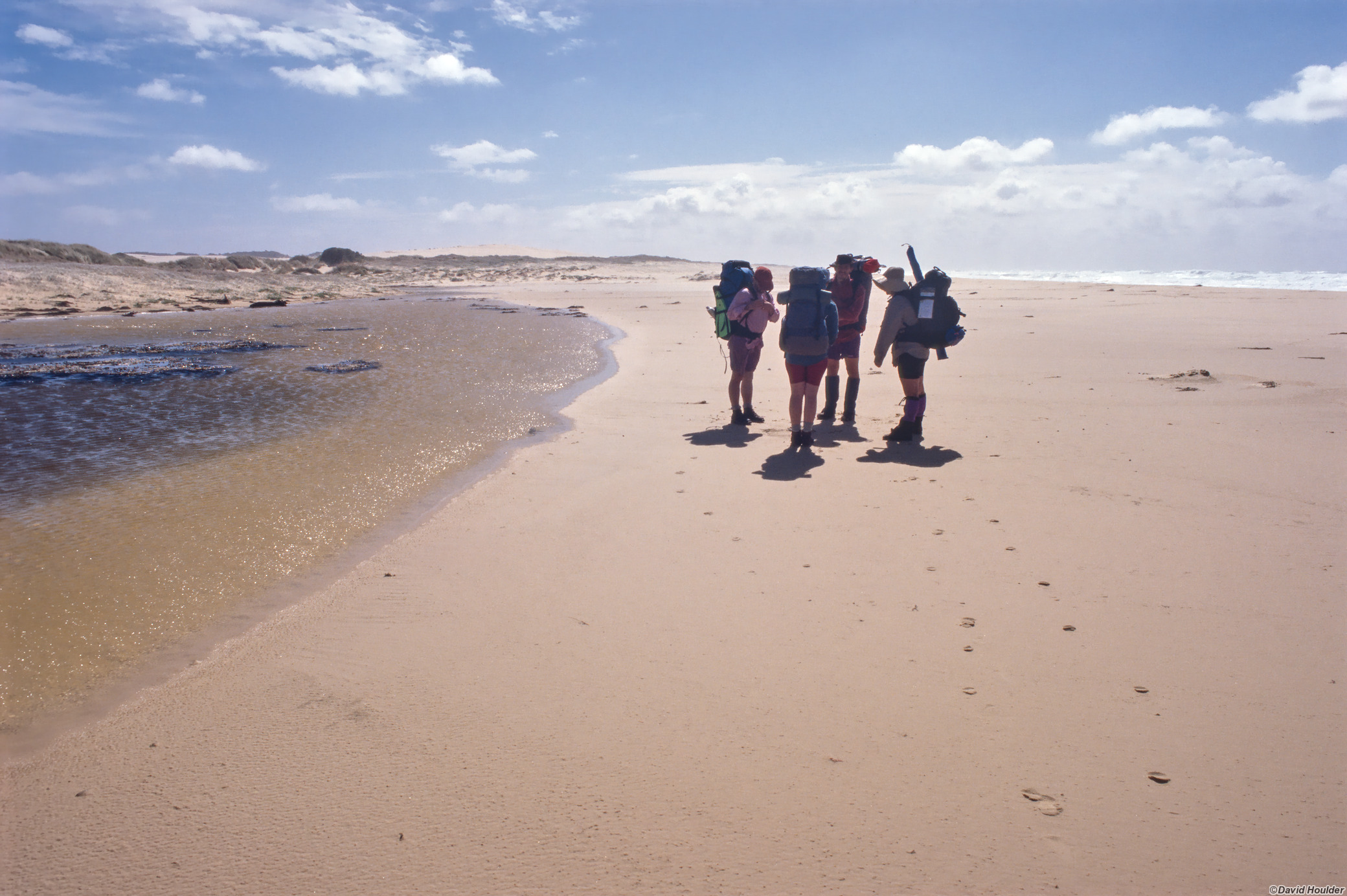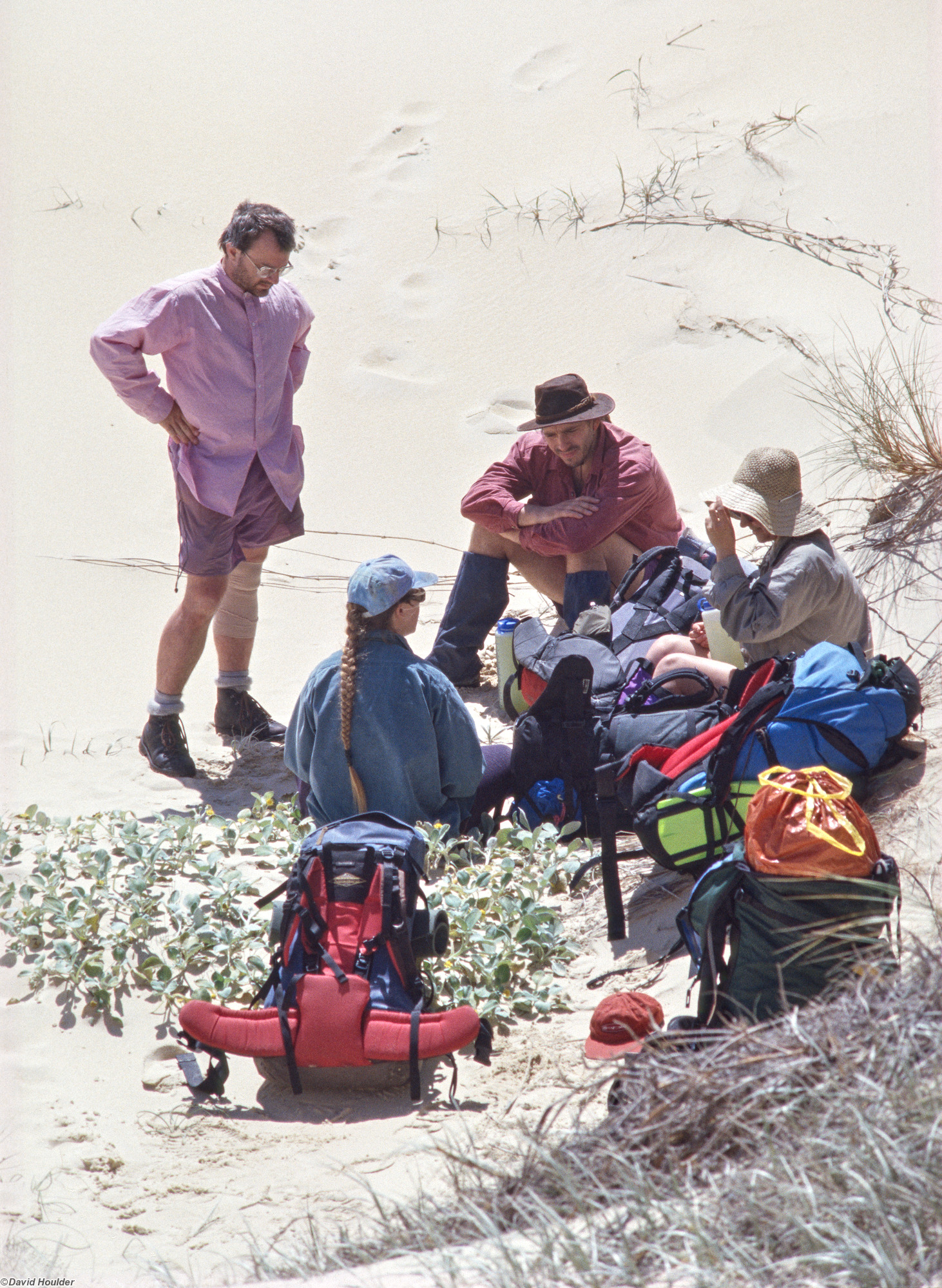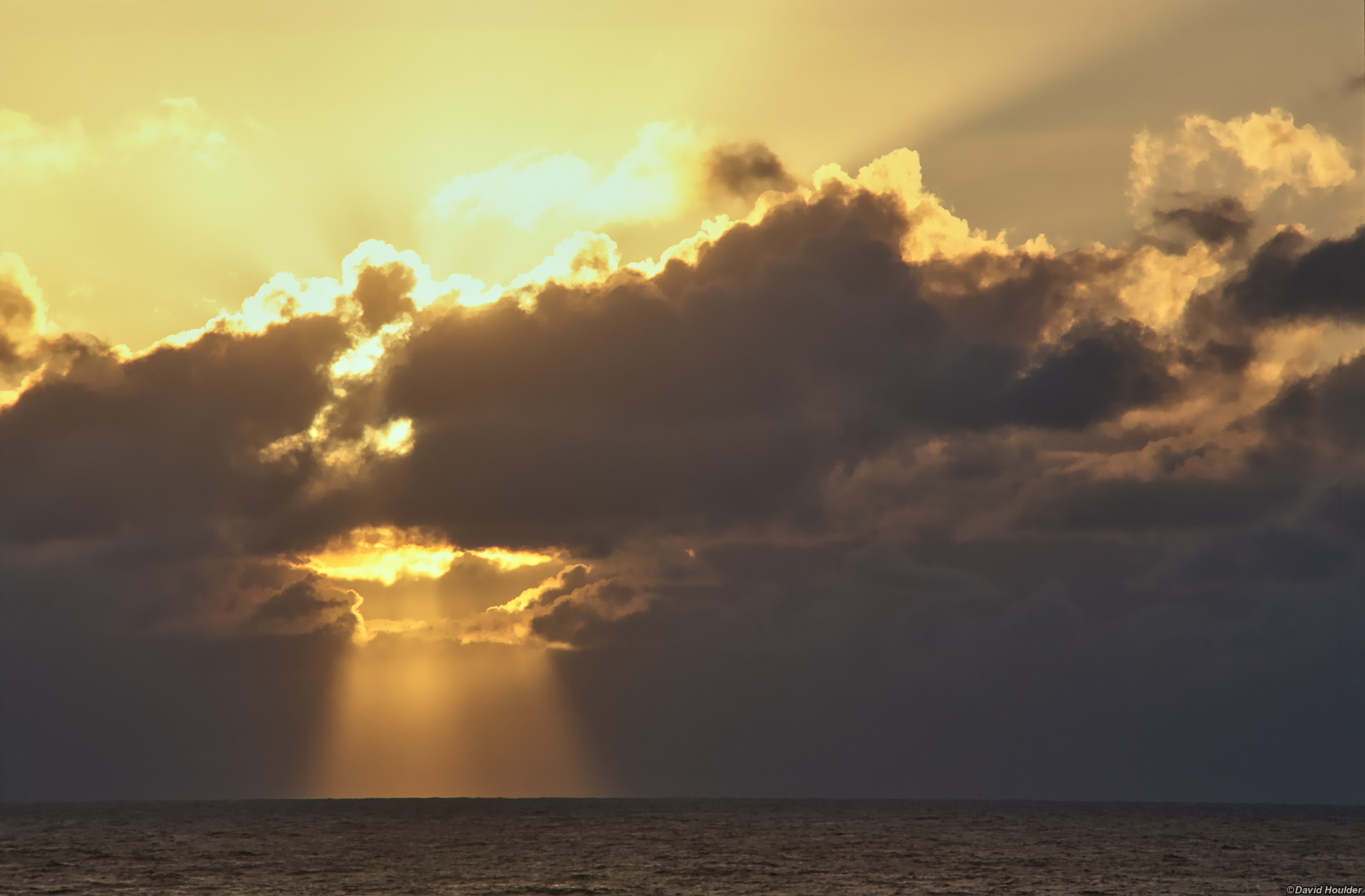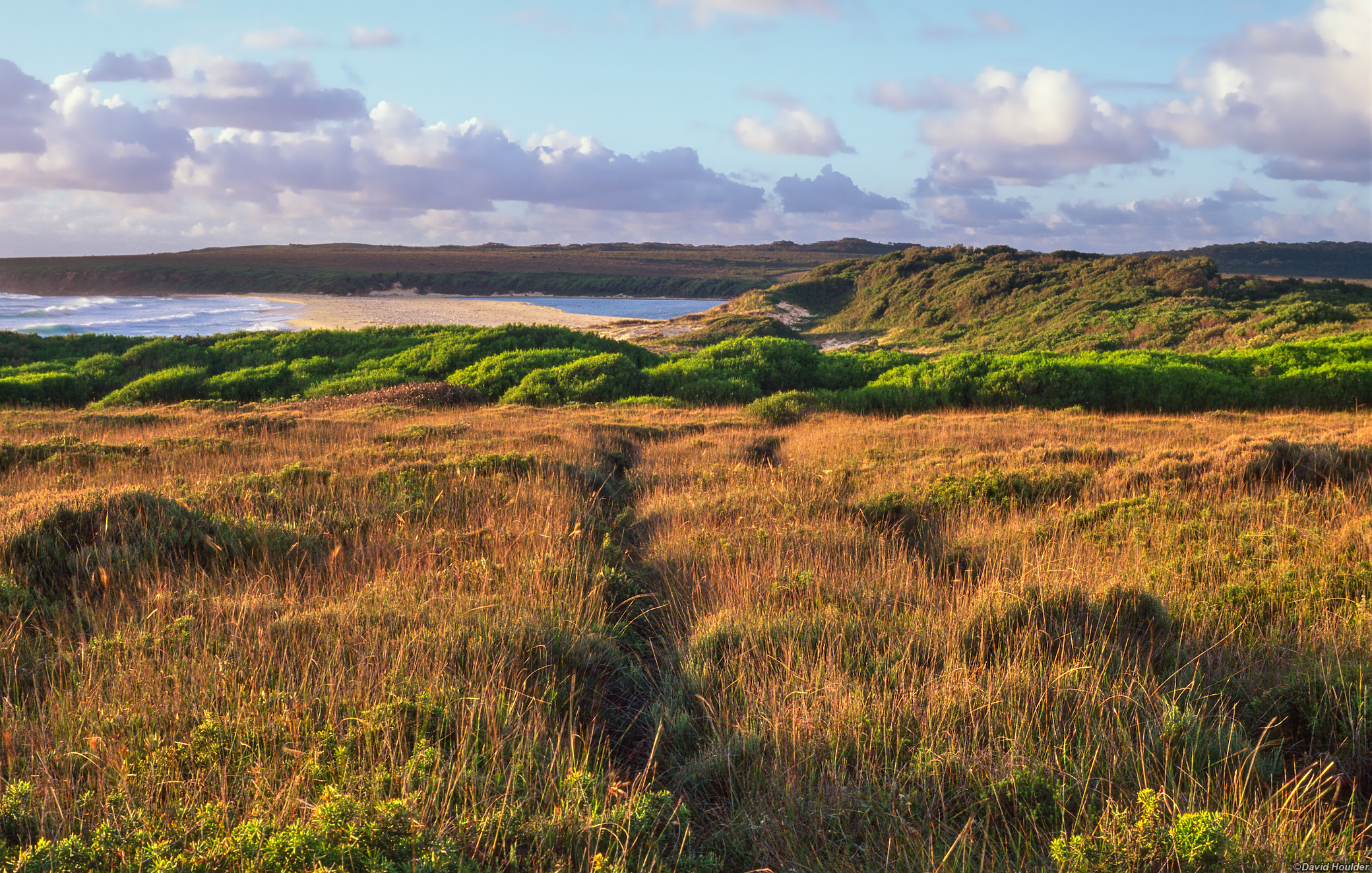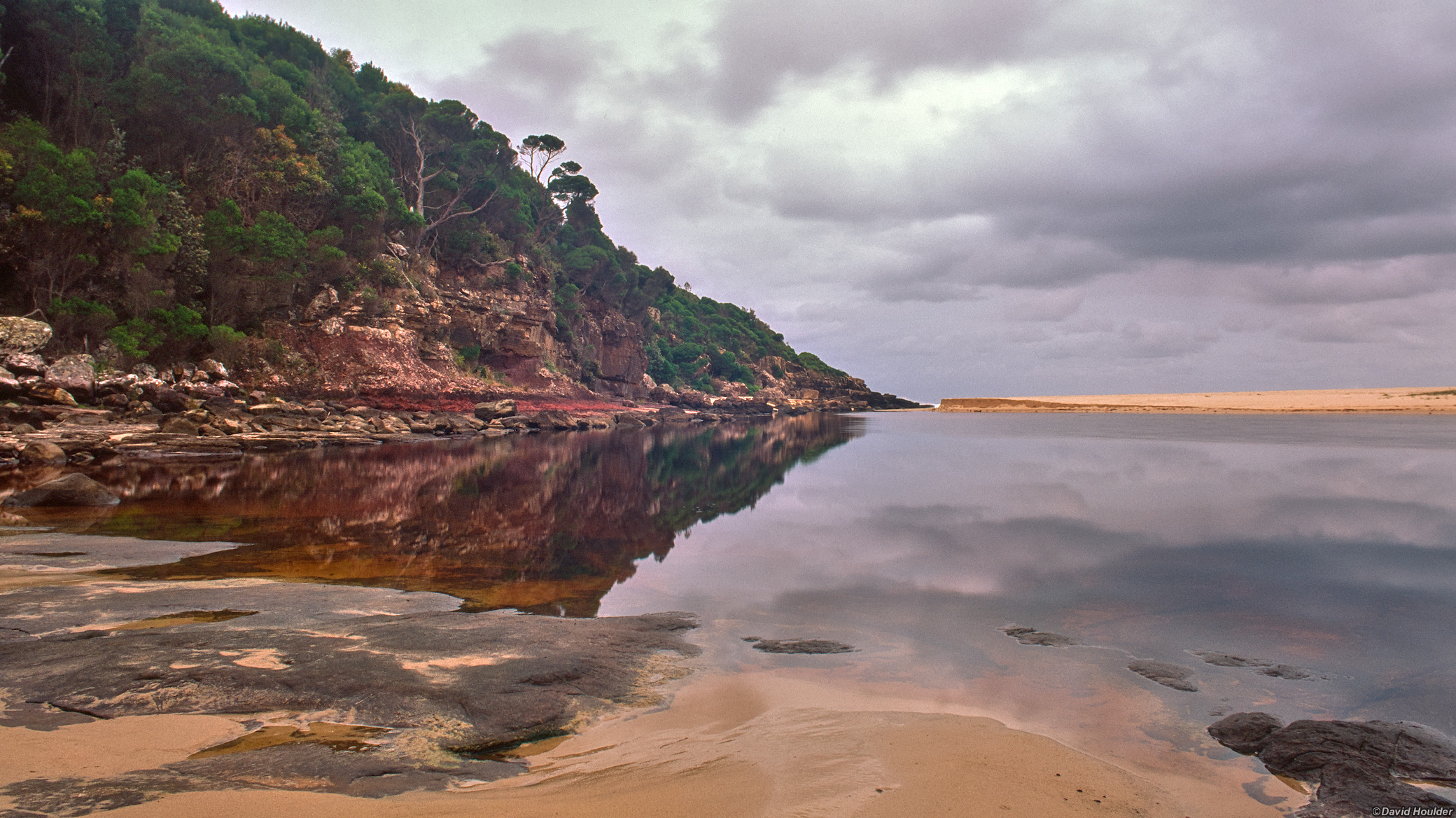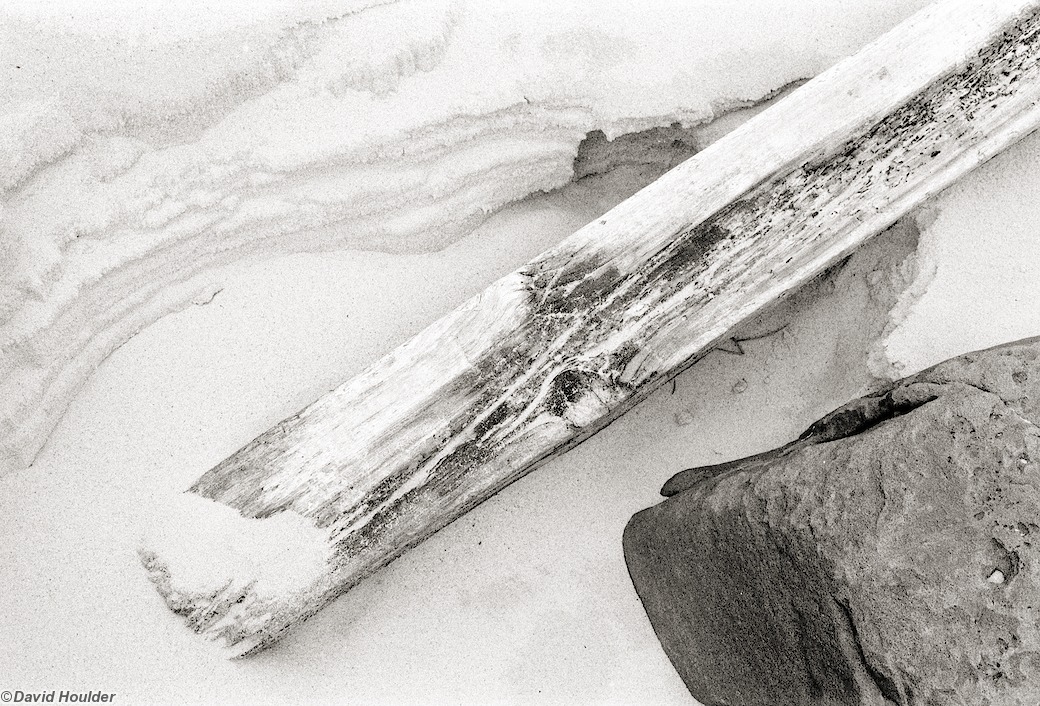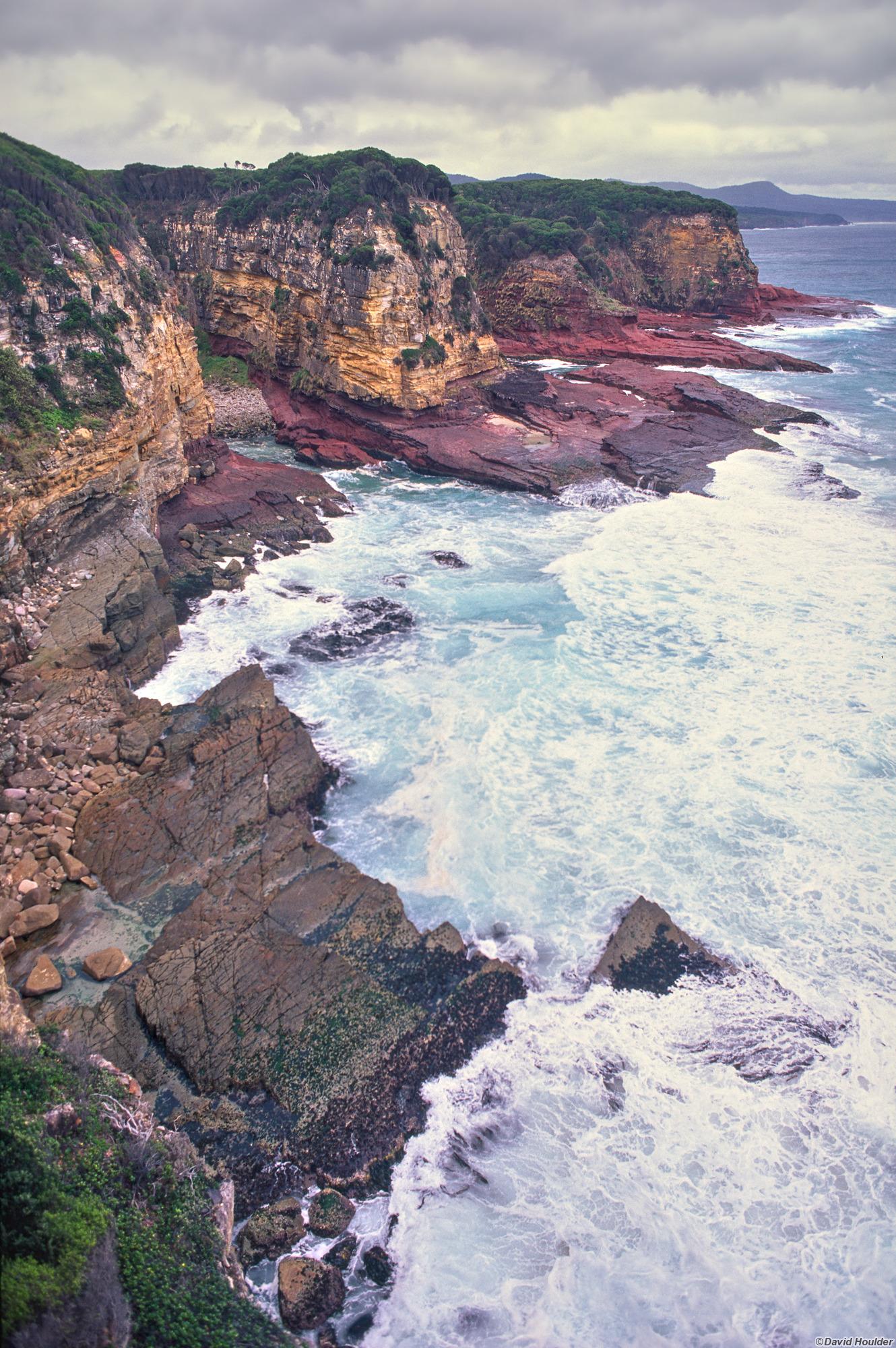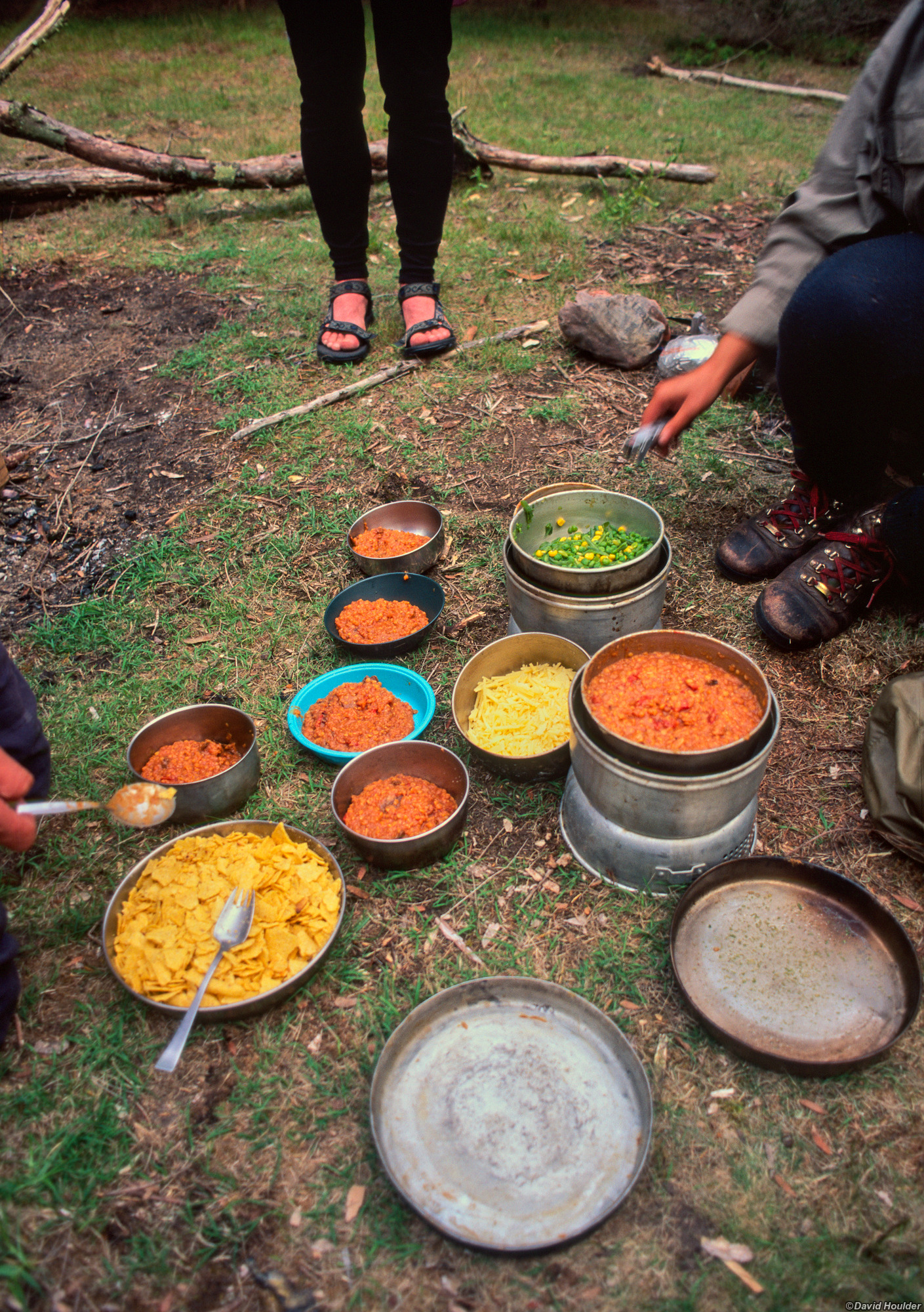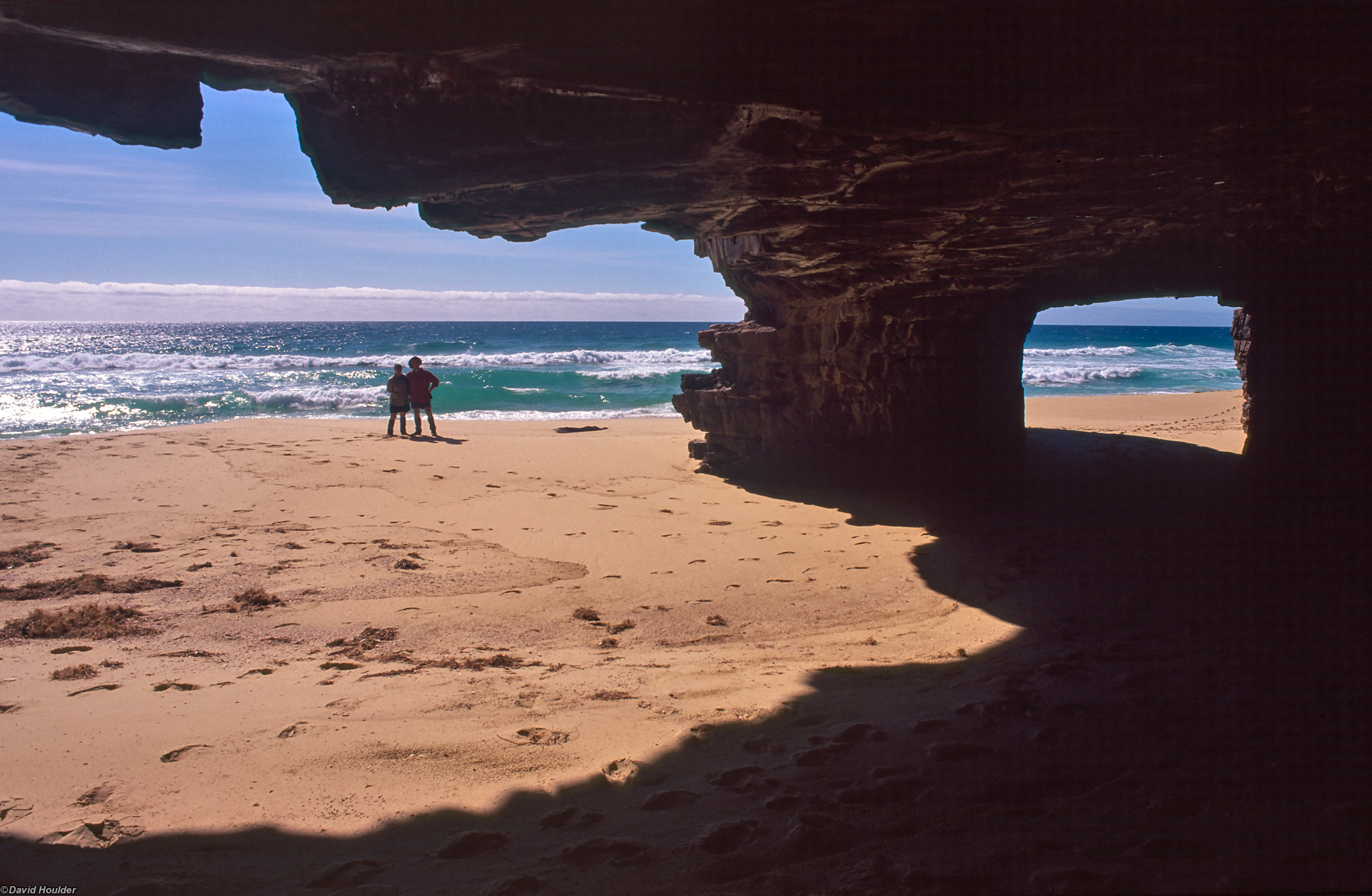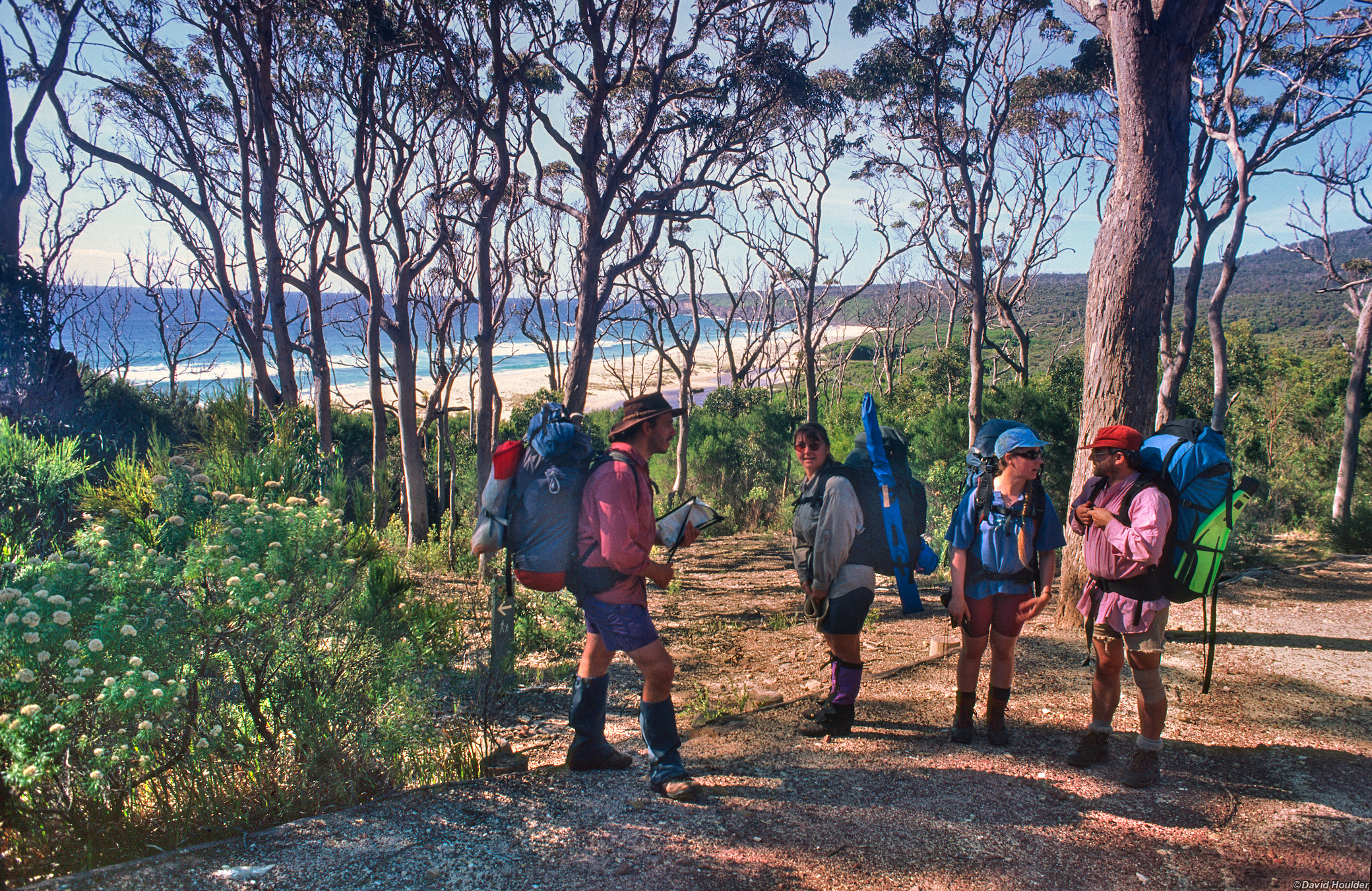Nadgee Wilderness Walk
This is a 3 or 4 day, 55km walk along the southern NSW and northern Victorian coast. Please see the official NSW National Parks page for more information. Note that numbers are limited and permits are required for camping.
This walk was done between December 1999 and January 2000, and the track and conditions may have changed since then.
Organising transport to and from this walk is a bit of a hassle, but worth it because it's quite spectacular. If you've got two vehicles you could leave one at Mallacoota and another at Merica River, but unless your party is big enough to split in two, you'll have to do a lot of extra driving before or after the walk. You can get to and from Mallacoota by bus though, and you can probably organise a tour operator in or near Eden to pick you up or drop you off at Merica River.
Either way, you'll need to organise transport across the inlet at Mallacoota. Mallacoota Cruises run a ferry service using the M.V. Loch-Ard, which I think may be the same boat we used back in 1999.
